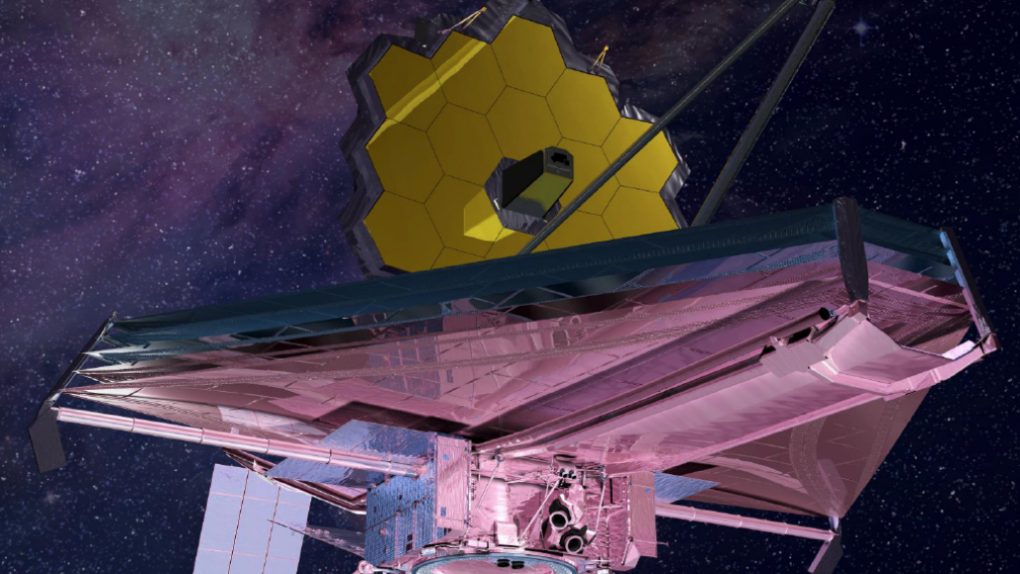NASA’s James Webb Space Telescope is a cautionary tale of what happens when you place too much trust in (and shell out too much money to) a government contractor. Northrop Grumman has failed to meet NASA’s expectations every step of the way, pushing development back by over a decade and costing literally billions of dollars more than its original contract.
Nevertheless, the telescope itself is going to be pretty awesome, and the things it could teach us about space and our place in it are extremely exciting. Now, only about 12 years late, engineers have finally connected the telescope’s two halves for the first time, and NASA is pretty excited about it.
Once the telescope eventually launches — currently slated for 2021 but, I mean, who knows with Northrop Grumman running the show — it will be the most powerful space-gazing tool in NASA’s arsenal. Scientists are eager to see what it can do.
“This is an exciting time to now see all Webb’s parts finally joined together into a single observatory for the very first time,” program director Gregory Robinson said in a statement. “The engineering team has accomplished a huge step forward and soon we will be able to see incredible new views of our amazing universe.”
NASA is clearly doing its best to drum up some hype for the telescope, but it’s impossible to separate the telescope itself from its trouble development history. Originally planned to launch as far back as 2007, the telescope was supposed to cost less than a billion dollars. Now, after countless mistakes from contractor Northrop Grumman, the total bill will likely exceed $10 billion, and even if it’s ready to go by 2021, that’s still nearly a decade and a half behind schedule.
The shiny new gadget will need to punch well above its weight if NASA wants us to forget how poorly the whole project has been handled, but we’ll have to wait at least another two years before we know for certain.







